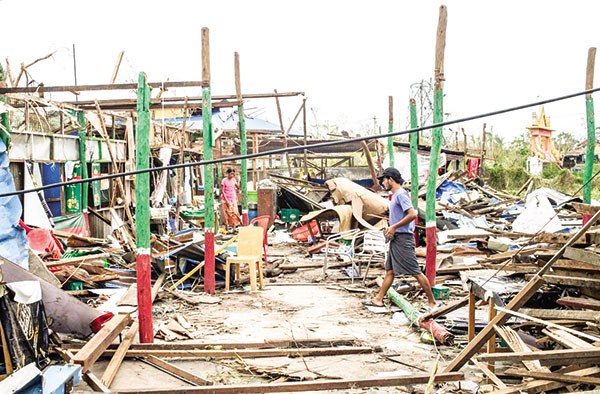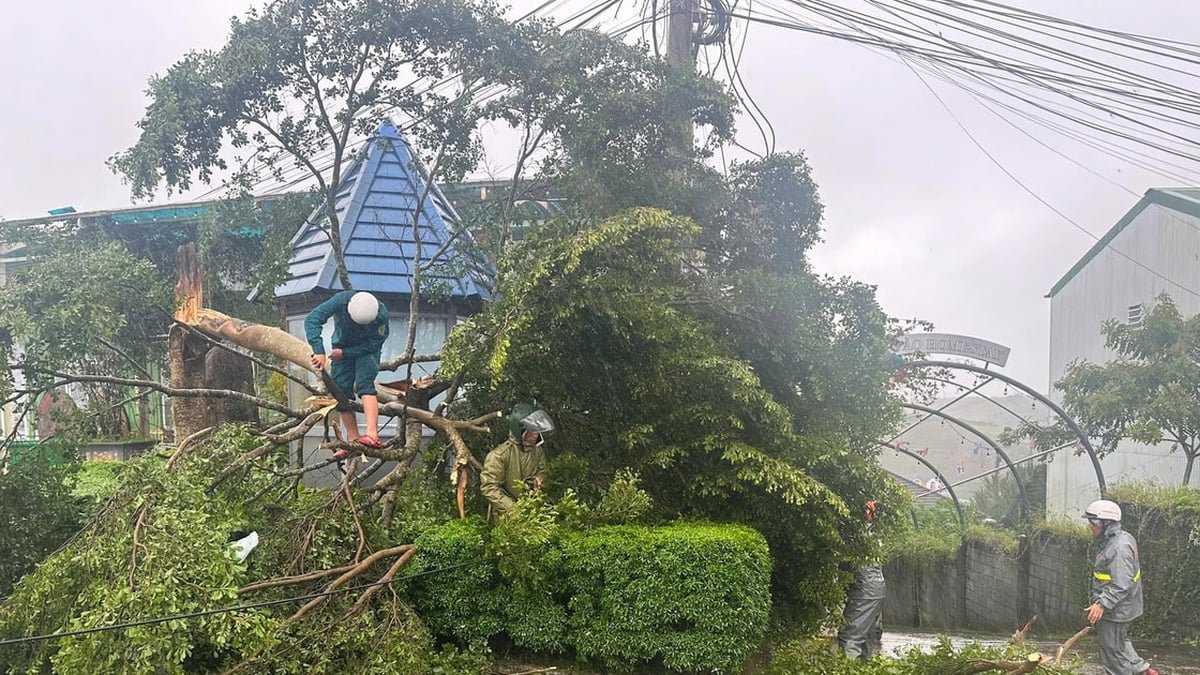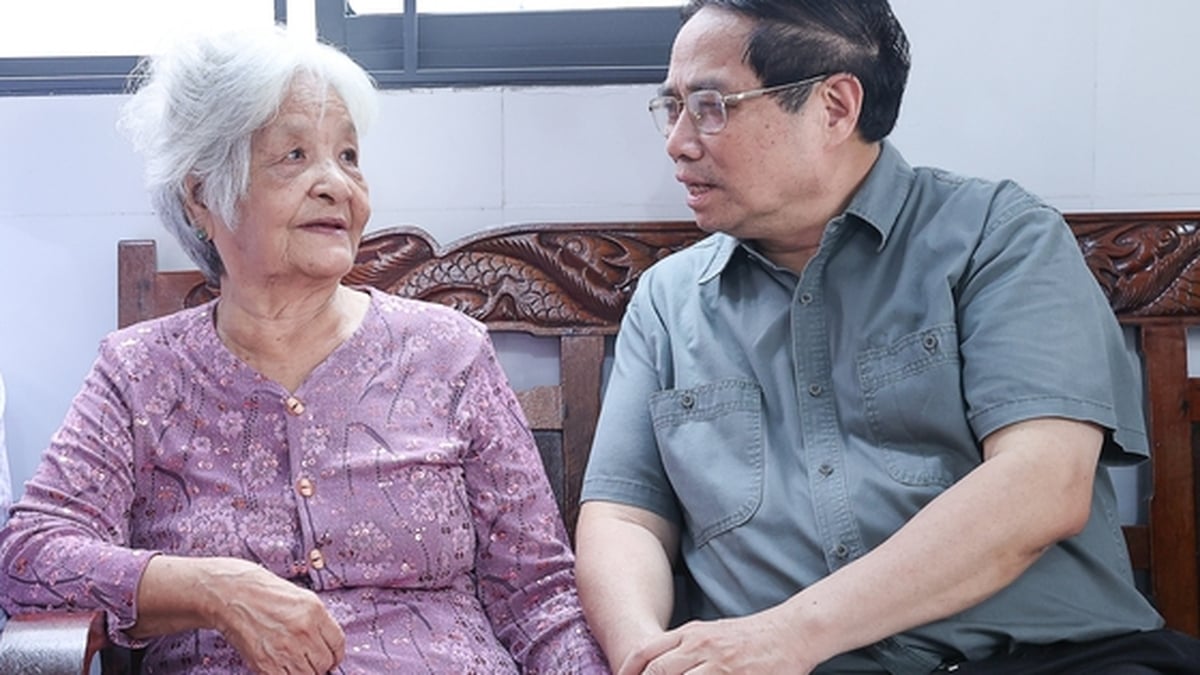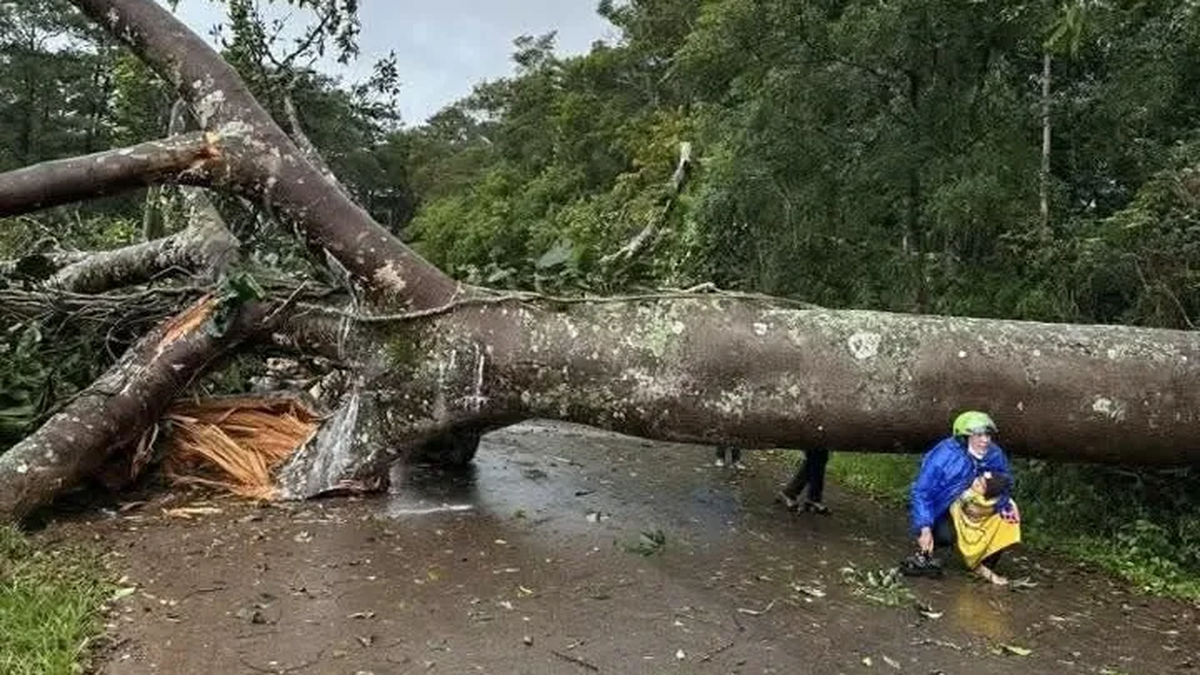Extreme weather has killed 2 million people and caused more than $4 trillion in damage over the past 50 years, according to a report by the World Meteorological Organization (WMO) under the United Nations (UN).
Houses are devastated after Cyclone Mocha swept through Rakhine State, Myanmar on May 16. Photo: AP
In a report released on May 22, the WMO said that nearly 12,000 weather-related disasters occurred globally between 1970 and 2021. The devastation was felt most acutely in developing countries, which accounted for 90% of the deaths and 60% of the total economic losses. “The most fragile communities are unfortunately bearing the brunt of extreme events related to water, climate and weather,” said WMO Secretary-General Petteri Taalas.
Asia accounts for nearly 50% of the deaths, half of which are in Bangladesh. Of the more than 733,500 deaths in Africa, 95% were due to drought.
Economic losses are rising, but coordinated disaster management and improved early warning have reduced the death toll over the past half-century, according to the WMO.
Last week’s super typhoon Mocha illustrates that. It wreaked widespread devastation in Myanmar and Bangladesh, disproportionately affecting the poorest. In the past, extreme weather events like Mocha have killed tens of thousands, even hundreds of thousands, of people in both Asian countries. But thanks to early warning systems and disaster management, such death rates are now history. Just 145 people in Myanmar died from Mocha.
In the 2010s, the global death toll from natural disasters fell to less than 20,000 a year, down from more than 50,000 a year before. The combined toll in 2020 and 2021 was just 22,608. According to the WMO, 24 hours of advance warning for a storm or heatwave could reduce the loss of life by 30%.
The report is part of the UN’s “Early Warning for All” initiative, which aims to ensure that early warning services reach everyone on Earth by the end of 2027. Currently, only about 50% of the world’s population has access to early warning information, with coverage in Africa, small island developing states and least developed countries being extremely low.
HANH NGUYEN (According to NY Daily News, Al Jazeera)
Source link





























![[Photo] National Assembly Chairman Tran Thanh Man visits Vietnamese Heroic Mother Ta Thi Tran](https://vphoto.vietnam.vn/thumb/1200x675/vietnam/resource/IMAGE/2025/7/20/765c0bd057dd44ad83ab89fe0255b783)





































































Comment (0)